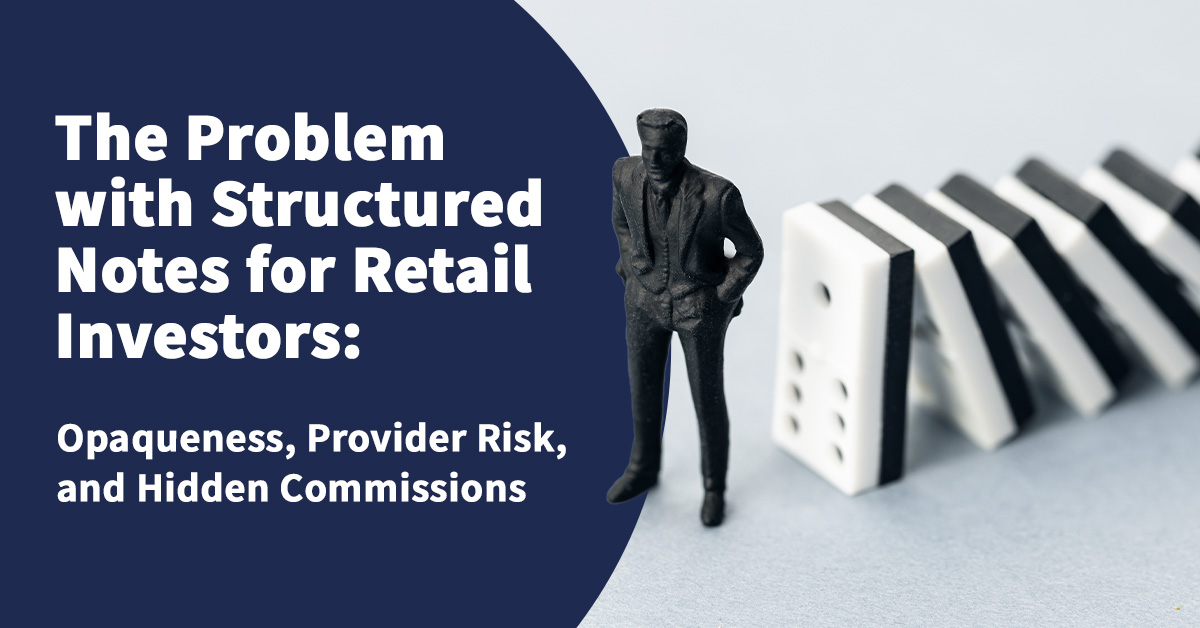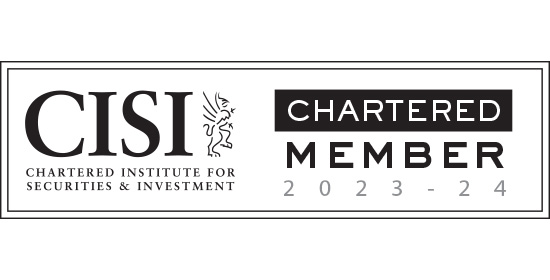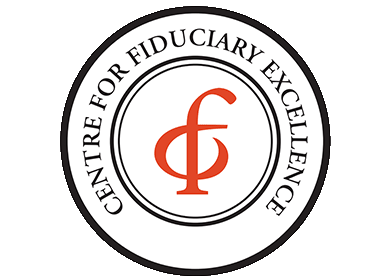Structured notes are financial instruments that can seem attractive due to their potential for high returns and tailored investment strategies. However, they come with significant risks and drawbacks, especially for retail investors.
Understanding Structured Notes
Structured notes are debt securities issued by financial institutions, combining a bond with a derivative component. This combination allows them to offer customized payoffs based on the performance of an underlying asset, such as stocks, indices, commodities, or interest rates. While this can lead to potentially higher returns, it also introduces complexities and risks that are not always apparent to retail investors.
The Opaqueness of Structured Notes
One of the main issues with structured notes is their inherent opaqueness. Unlike straightforward investments like stocks or bonds, the value and performance of structured notes depend on the interplay of multiple components. This complexity can make it difficult for retail investors to fully understand the product, assess the risks, and predict the outcomes.
- Complex Terms and Conditions: Structured notes often come with intricate terms and conditions buried in lengthy prospectuses. Retail investors may struggle to grasp these details, leading to misunderstandings about the product’s risk and potential returns.
- Lack of Transparency: The pricing and valuation of structured notes are not always transparent. Financial institutions may use proprietary models to value these products, making it hard for investors to determine if they are getting a fair deal.
Default Provider Risk
Another significant risk associated with structured notes is the default provider risk. Since structured notes are debt obligations of the issuing bank or financial institution, their value depends on the issuer’s creditworthiness. If the issuer defaults, investors can lose some or all of their investment.
- Issuer Credit Risk: The financial health of the issuing institution is crucial. Retail investors might not always have the tools or expertise to assess this risk adequately. During times of financial instability, the risk of issuer default can increase, adding another layer of uncertainty.
- No Government Guarantee: Unlike bank deposits that may be insured by government schemes up to a certain limit, structured notes do not have such protections. If the issuing bank goes bankrupt, investors have little recourse.
Hidden Commissions and Fees
Hidden commissions and fees are another area of concern with structured notes. These costs can significantly erode the returns that investors receive, often without them being fully aware of the extent of these charges.
- High Embedded Costs: Structured notes can have high embedded costs, including issuance fees, distribution fees, and ongoing management fees. These costs are often not disclosed clearly, making it difficult for investors to understand the true cost of their investment.
- Conflict of Interest: Financial advisors and brokers who sell structured notes may receive substantial commissions, which can create conflicts of interest. They might recommend these products not because they are suitable for the investor, but because of the attractive commissions.
Conclusion:
While structured notes may offer potential benefits, they come with significant risks and drawbacks that retail investors need to be aware of. The opaqueness of these products, the default provider risk, and the hidden commissions can all undermine the investment’s attractiveness and lead to substantial losses.
As a retail investor, it’s crucial to fully understand any investment product before committing your hard-earned money. If you are considering structured notes, seek professional advice, conduct thorough due diligence, and be aware of all associated risks and costs. Transparency and understanding are key to making informed investment decisions that align with your financial goals.
For more personalized advice and to explore alternative investment options that may better suit your needs, feel free to contact us. We’re here to help you navigate the complexities of investing and make choices that support your financial well-being.
Benefit from comprehensive, integrated, and objective advice.
Let’s discuss your specific needs and how I can help you meet your objectives
Find out how we can help you
If you would like to understand more about this topic get in touch
Related posts
 Published On: October 16, 2024|5.4 min read|
Published On: October 16, 2024|5.4 min read|Advantages of Offshore Bonds for Non-Doms living in the UK
One of the major announcements in this year’s Spring Budget was news that the current tax regime for ‘non-domiciled’ UK residents is changing. For ‘non-doms’ out there, it’s worth understanding what changes are being introduced – and when – and the implications from a tax perspective.
Read more
 Published On: October 16, 2024|4.9 min read|
Published On: October 16, 2024|4.9 min read|Pensions planning as an expat – Is a QROPS still the right move?
More and more people are relocating for work or retirement. As a result, individuals moving overseas often prefer to transfer their UK pension benefits rather than leaving them in the UK. Likewise, those moving to the UK might want to bring their overseas pension benefits with them. Understanding the impact of such transfers is crucial.
Read more
 Published On: October 16, 2024|4.4 min read|
Published On: October 16, 2024|4.4 min read|How Offshore Bonds Can Help Non-Doms Navigate the New FIG Regime
In recent years, changes in tax regulations have significantly impacted individuals who are classified as non-domiciled residents (“non-doms”) in the UK. The introduction of the new Foreign Investment Gains (FIG) regime is one such development that has created a new set of challenges—and opportunities.
Read more









